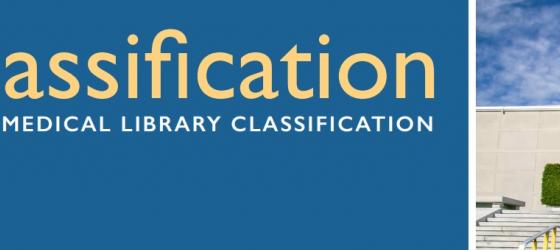By mapping all its textbook collections, the Library of the Medical and Scientific Centre, has shifted in 2022 from the previous Decimal Dewey Classification to the National Library of Medicine (NLM) classification.
The current classification, used by the National Library of Medicine (US) for managing bibliographic items in the field of medicine and related sciences, represents the international standard linked to the Medical Subject Headings (MeSH) on which is based PubMed (the most important and used open database for the Medical Sciences).
Thanks to this current open-shelf classification:
- You will find all textbooks related to Medicine and Nursing classified in compliance with the international standards of the biomedical fields
- You can go by yourself to the open shelf and easily find and choose the books you would like to read or borrow
- You can also be independent in borrowing the books, if you want, by using the self-borrowing station placed on the right-hand side of the entrance hall of the library
has shifted in 2022 from the previous Decimal Dewey Classification to the National Library of medicine (NLM) classification.
The current classification, used by the National Library of Medicine https://www.nlm.nih.gov/(US) for managing bibliographic items in the field of medicine and related sciences, represents the international standard linked to the Medical Subject Headings (MeSH) https://meshb.nlm.nih.gov/ on which is based PubMed (the most important and used open database for the Medical Sciences).

Thanks to this current open-shelf classification:
- You will find all textbooks related to Medicine and Nursing classified in compliance with the international standards of the biomedical fields
- You can go by yourself to the open shelf and easily find and choose the books you would like to read or borrow
- You can also be independent in borrowing the books, if you want, by using the self-borrowing station placed on the right-hand side of the entrance hall of the library
«Walking through library stacks (a microcosm of the bibliographic universe) and browsing, a user may suddenly come across just the right book and credit this luck to serendipity. But such a finding would be serendipitous only if the books were shelved in random order, whereas in fact are ordered according to a rigorous system of semantic relationships, which like an invisible hand guides the seeker to his "lucky" find"«
(Elaine Svenonius, The intellectual foundation of information organization. - Cambridge, MIT Press, 2000 p. 19)
The project has been planned by Giorgia Franchi with Michela Fierro
